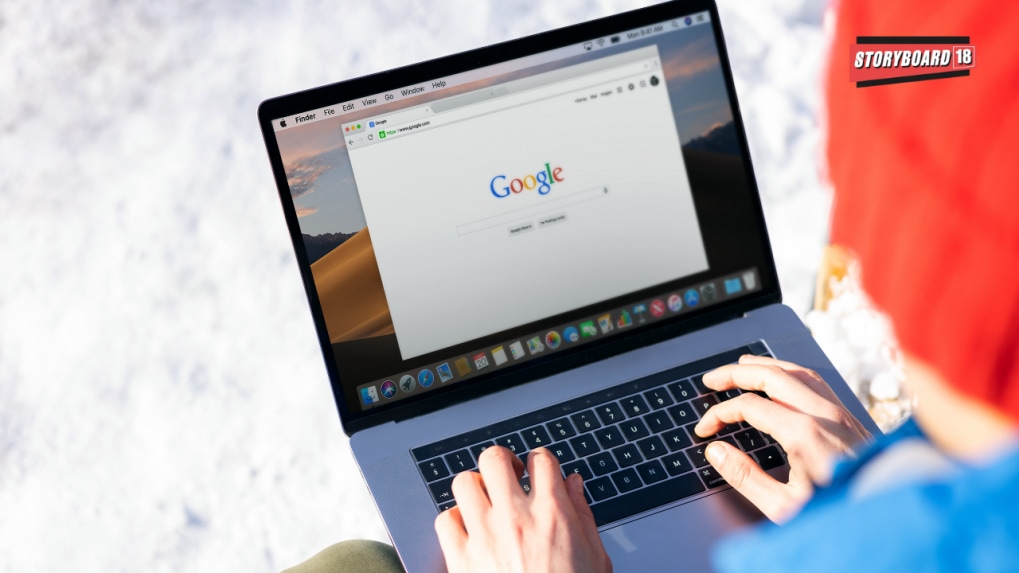The AI checkmate: Google's licensing push tests the limits of tech–publisher power dynamics
As Google's licensing pilot unfolds, what remains to be seen is whether it can truly rebalance the equation between those who build the platforms and those who create the content that fuels them.
ADVERTISEMENT
Google has opened negotiations with nearly 20 national news publishers, signaling a shift in how the tech giant intends to engage with the media industry in the age of generative AI. According to a Bloomberg report, the pilot initiative aims to license news content for use in Google’s AI-driven products, including chatbots and AI-generated summaries. The move is being viewed as both a reputational reset and a legal safeguard.
Tensions between tech platforms and media houses have been mounting as AI tools increasingly rely on publisher content to train models and generate responses that divert users away from original sources. While startups like OpenAI and Perplexity AI have already begun licensing content, Google's scale makes its efforts particularly consequential.
If the pilot succeeds, it could open up a fresh revenue stream for news outlets that have been hit hard by declining ad revenue and reader engagement. But analysts caution that Google’s latest move is as much about managing risk as it is about rebuilding trust.
"Search engines integrating generative AI are increasingly vulnerable to legal scrutiny," says Siddharth Chandrashekhar, advocate and counsel at the Bombay High Court. He points to lawsuits like The New York Times versus OpenAI and formal complaints filed in the European Union against Google as signals of a global wave of copyright and antitrust litigation. "As AI tools reduce traffic to publisher sites, claims of copyright infringement and market harm will grow, especially if content is reused without explicit consent. Without regulatory clarity, platforms integrating Gen AI have two options: license or risk litigation."
Chandrashekhar explains that under most copyright regimes, using protected content in AI tools, especially when excerpts or paraphrased segments are displayed, requires permission from the rights holders. "Google’s AI tools surface identifiable text directly, which is more than mere indexing. Thus, licensing from publishers is a prudent legal safeguard."
He adds that in India, where "fair dealing" is narrower and mostly limited to non-commercial use, licensing becomes even more critical. "This is not merely image management. It is a legal risk mitigation strategy, particularly as courts worldwide begin examining what constitutes transformative use."
Unlike jurisdictions such as the EU or the UK, India does not explicitly allow commercial text and data mining. In contrast, U.S. courts have sometimes upheld the training of AI models on publicly accessible content as transformative fair use. However, judgments like the one in the Anthropic case have drawn boundaries, especially where acquisition is unlawful.
According to Sonam Chandwani, Managing Partner at KS Legal and Associates, "Lawsuits like NYT versus OpenAI are a harbinger. As generative AI becomes part of mainstream search experiences, entities with significant market power and heavy content reliance will become prime targets."
She argues that courts will soon be forced to confront a core legal question: whether AI-generated content differs enough from classical search to qualify under fair use. "Legally, there’s a significant difference between indexing for retrieval and synthesizing or repackaging content in AI-generated formats. Indexing supports discovery. Generation arguably creates a derivative work. The line is crossed when the AI output mimics the substance or structure of proprietary material in a way that supplants its value."
Read More:Airtel’s bold bet: Perplexity Pro lands on 370 mn phones, taking aim at Google in India’s AI race
While the legal calculus unfolds, industry insiders are also scrutinizing the economics of the licensing model. Arjit Sachdeva, co-founder of VDO.AI, believes Google's gesture is well-timed but incomplete. "Google’s licensing push is a step in the right direction. However, at face value, it reflects a strategic move to de-escalate tensions with publishers and demonstrate a willingness to share value. But structurally, the model remains limited."
According to Sachdeva, when AI Overviews appear in search results, they trigger a sharp drop in organic traffic for publishers. "That’s not just a dent in visibility. It’s a direct hit on revenue. While licensing introduces a new stream, the current pay-per-crawl model is a one-time transaction for perpetual value extraction. In contrast, a publisher’s monetisation model is recurring and dynamic."
He suggests that the real solution lies in a more scalable and usage-based compensation system, similar to music royalties. "Publishers should be paid each time their content contributes to an AI response. This could be structured through tokenization or pay-per-query frameworks. So yes, licensing is a positive gesture, but unless it’s tied to scalable, repeatable compensation models, it won't offset the structural revenue erosion AI is creating."
The impact is not limited to organic traffic. As AI Overviews and summary-first interfaces gain traction, Sachdeva notes a stagnation in video ad engagement across multiple publisher partners. The issue is visibility. "When answers are served at the top of the page, fewer users scroll through to the ad-supported content below the fold."
On the supply side, another challenge is rising. The proliferation of MFA (Made-for-Advertising) websites, many fueled by AI-generated content, is diluting inventory quality. "IAS research shows MFA video impressions garner 28 percent lower attention, and recent studies indicate up to a 50 percent drop in reader trust when AI content is suspected."
For Sachdeva, the way forward is clear. "The opportunity now lies in rebuilding monetisation models that optimize for attention, quality, and context, not just impressions. That’s the roadmap we’re betting on."
As Google's licensing pilot unfolds, what remains to be seen is whether it can truly rebalance the equation between those who build the platforms and those who create the content that fuels them.
Read More:Is Perplexity the "supercharged Google" that will unseat ChatGPT in India?

